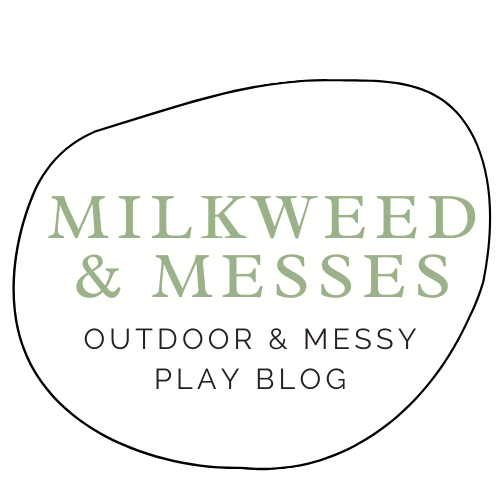Last Updated on February 9, 2022 by Natalie
In a cool turn of events, my 9 year old son loves science. It partially came about because at his former school, they used Legos in science class. I think it’s also because we started reading the Zoey and Sassafras books early on. Though my kids are currently attending school, I still have the mindset of an unschooler. Thus I bring you a science experiment by a 9 year old.
Table of Contents
A science experiment by a 9 year old
I want to encourage learning at every opportunity and luckily, life is filled with those. In this case, my son asked if he could do a bread and mild experiment just like the one Zoey does in one of the Zoey and Sassafras books (Monsters and Mold).
I didn’t want to say yes, as I just envisioned ruined bread. Except that it really was ONLY one slice of bread and one plastic bag that he originally asked to have. It’s not even messy. Luckily, I took a second to think it through and my answer w
Disclaimer
A 9 year old’s science experiment design: How do we get moldy bread?
I have been thinking about the types of experiments that he could do to help him continue to enjoy science, since his current school doesn’t have that fun type of science class available. When he brought this idea to me, I was off the hook on figuring out something fun that didn’t make me crazy because of the mess*.
*Yes, this blog is about messes. We still have our share of messes. Some days, just like everyone else, I can’t handle it. Other days, the messy play happens whether I want it to or not. Still other days, I strongly encourage messy play.
Bread slice #1
I gave my son a plastic baggy and he took a slice of bread from the loaf. In this case, we used regular bread and not gluten free bread.
He got the bread very wet inside the bag. I dumped the extra water out, though there was still a little at the bottom of the baggie. Then, he put the bag outside on our drying rack, which is currently in the sun for 6-8 hours per day. I tend to move it around our small back yard to catch as much sun as possible as I dry items throughout the day.
After about 5 days, I asked my son about his observations about the bread.
He noticed the following:
- the bread is really squishy
- it did not grow mold
I asked him why he thought it didn’t grow mold.
He decided that it caused by two things. Number 1, it wasn’t warm enough on the drying rack. Number 2, the bread was too wet. We threw out slice number one and started again with a second.

Slice #1
Bread slice #2
With my son’s directions, I put several drops of water all over the bread before putting it into the baggy. We used much less water than the first time. He also decided to set the baggy with the slice of bread on the tiles in our backyard, as in the afternoon, they were very warm. He thought lack of warmth might have been a factor in not being able to grow mold. After several days of the bread staying outside in the sun, we took a look at it.
Observations: it’s hard on the outside (the crust and about a half an inch around) and it’s squishy on the inside.

Slice #2 was squishy on the inside and the outer edge was hard.
Bread slice #3
As he was disappointed that the bread hadn’t grown any mold while sitting out in the sun, I asked what else we could do to try to differently in order to facilitate mold growth. As my 9 year old son was throwing out all sorts of wild ideas, I suggested that we try a dark place and see what happens.
We chose our pantry, which does have some light (plus, the artificial light we use to be able to see our items), but we chose the darkest area. We checked after a few days and there wasn’t any mold. My son was disappointed. We decided to give it a few more days. Sure enough, two days later, we pulled it out and had mold growth!
Observations: It grew mold on one corner. It’s disgusting and not squishy (a reference to a Zoey and Sassaras book, Mold and Monsters, where Zoey mentions her bread and the mold on it were squishy). It was interesting looking mold.

What did you learn?
Your mileage may vary on asking questions such as “what did you learn?” or “how does mold grow?” and it doesn’t always have to be done for the learning to be going on. I asked so I could write his observations and thoughts in this post. Here are the observations I was given by my son:
Mold grows in a dark, warm and moist environment. We got red, black, and white mold.
We are going to leave the bread in the closet for another few weeks to see what happens.
In conclusion
Our scientific method here was definitely lacking, since we didn’t measure the amounts of water or write that information down. We did not have a control, nor were the amount of days consistent or recorded. Not everything needs to be perfect in order to indulge curiosity. I really wanted to encourage him to think up experiments and we can work on the details as we go along. It was a fun little experiment that was completely led by a 9 year old and his curiosity!
What science experiments have you conducted with your family? The best feedback and comments come from other parents. Please leave a comment with your ideas. Thanks!

